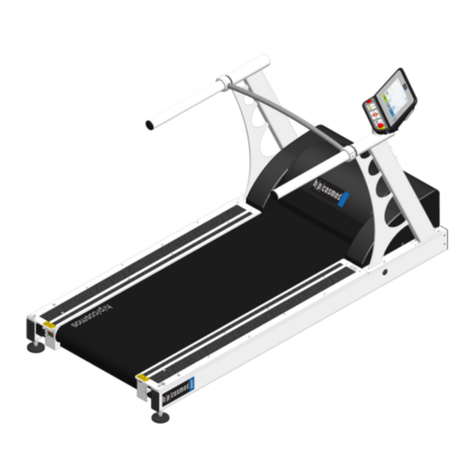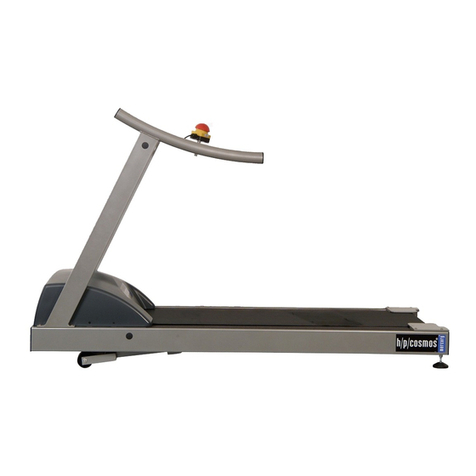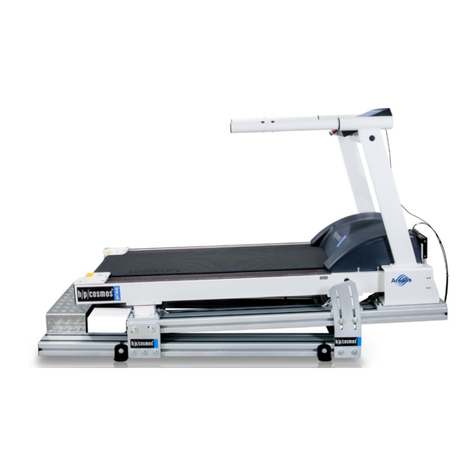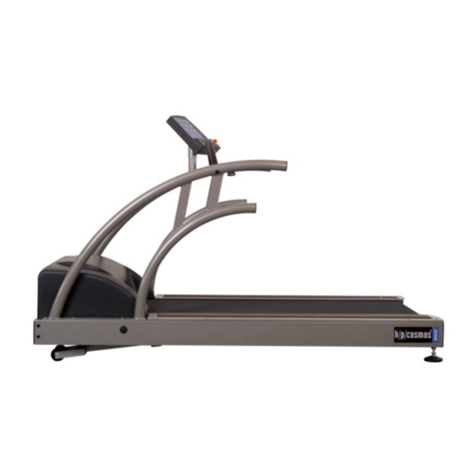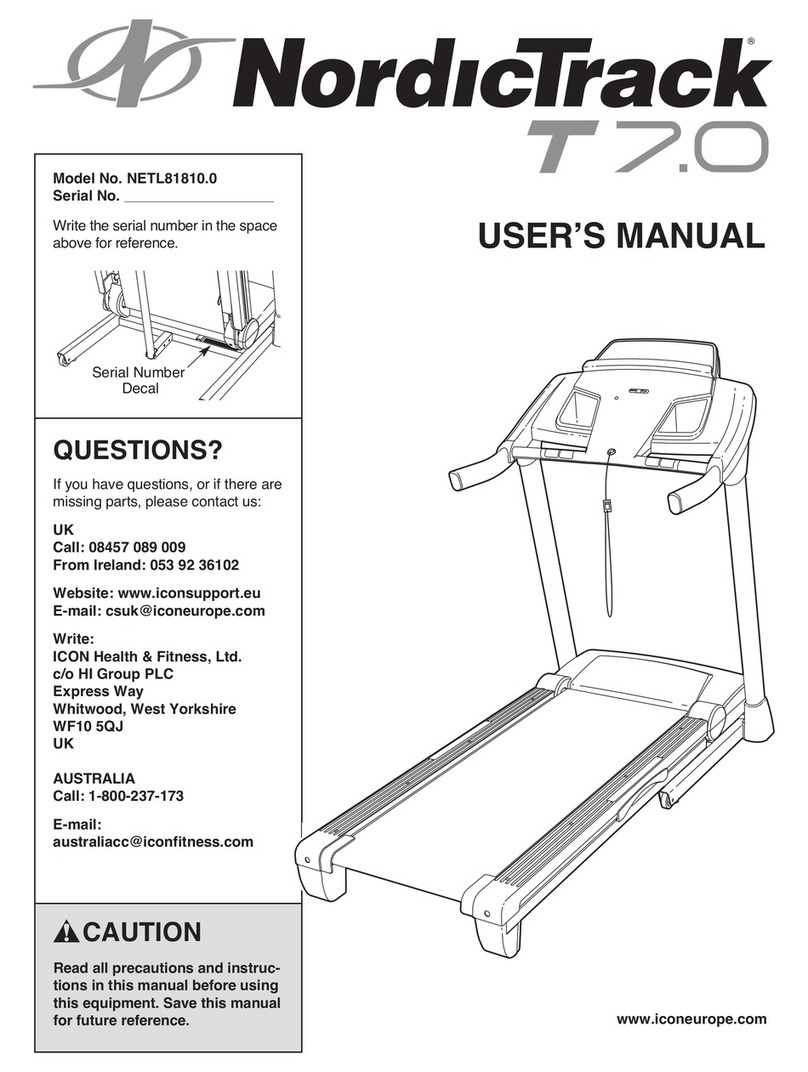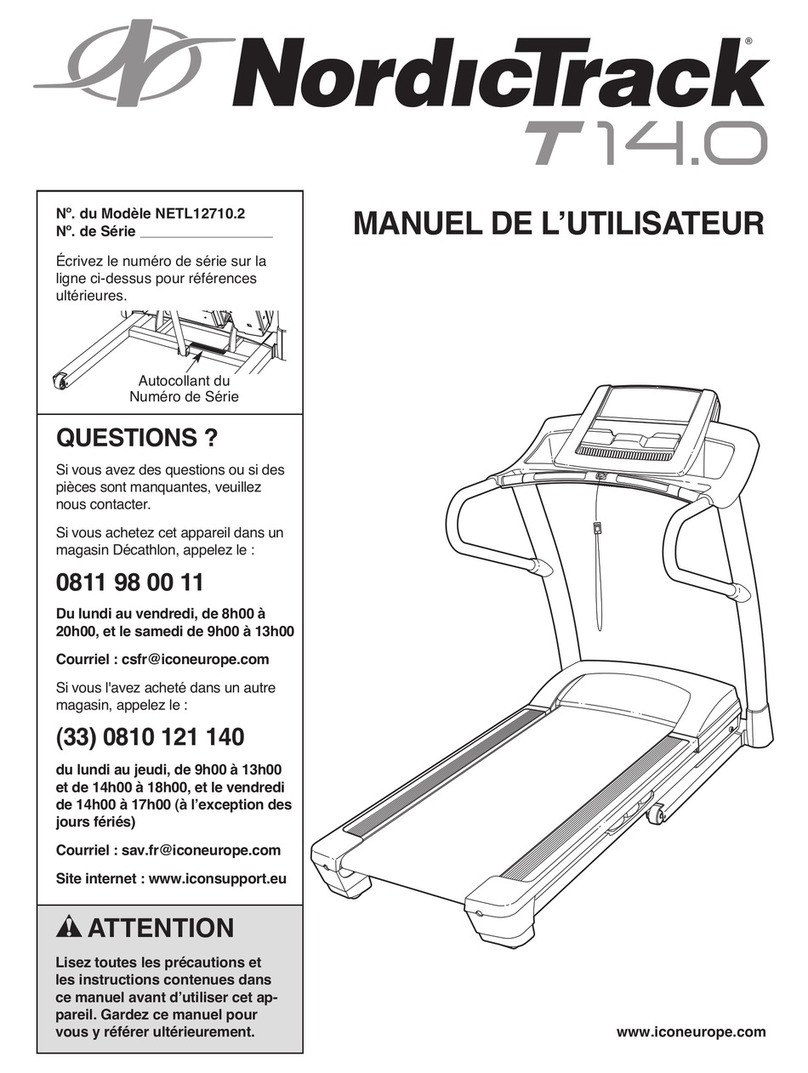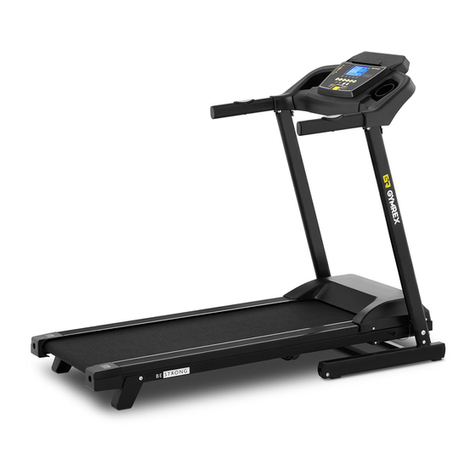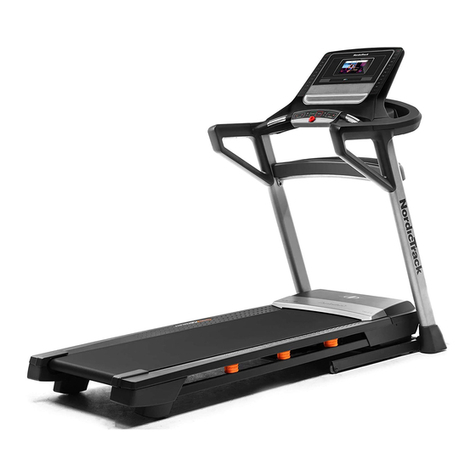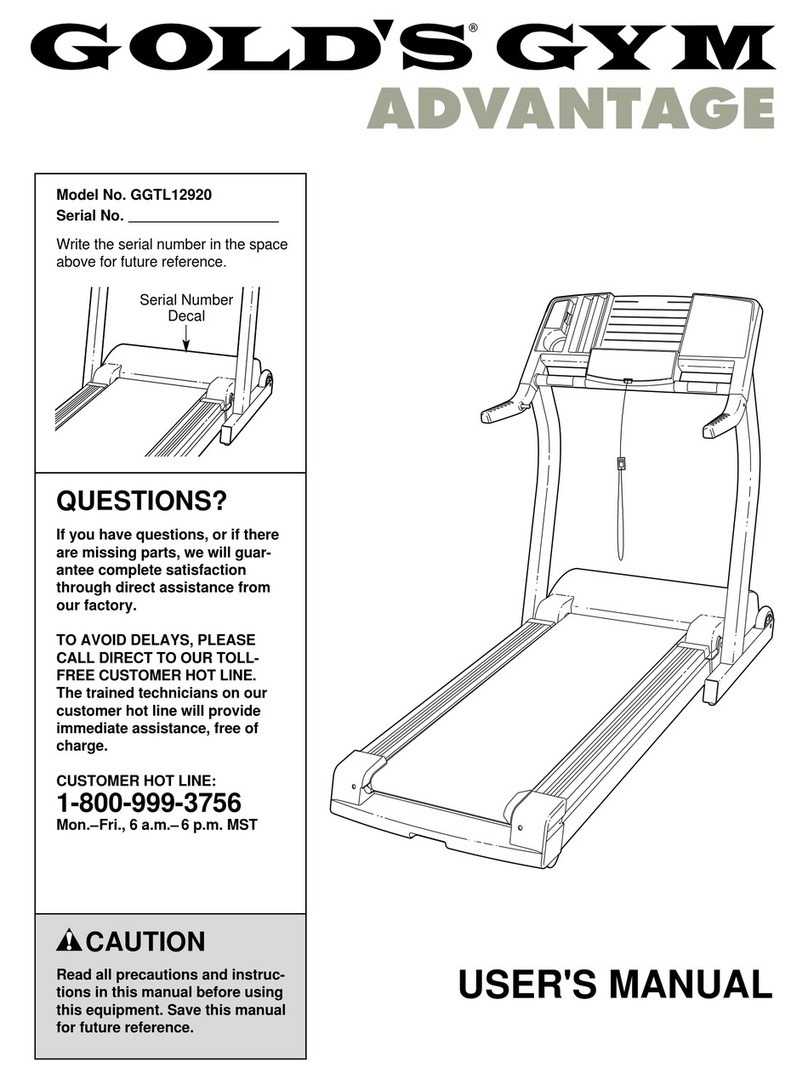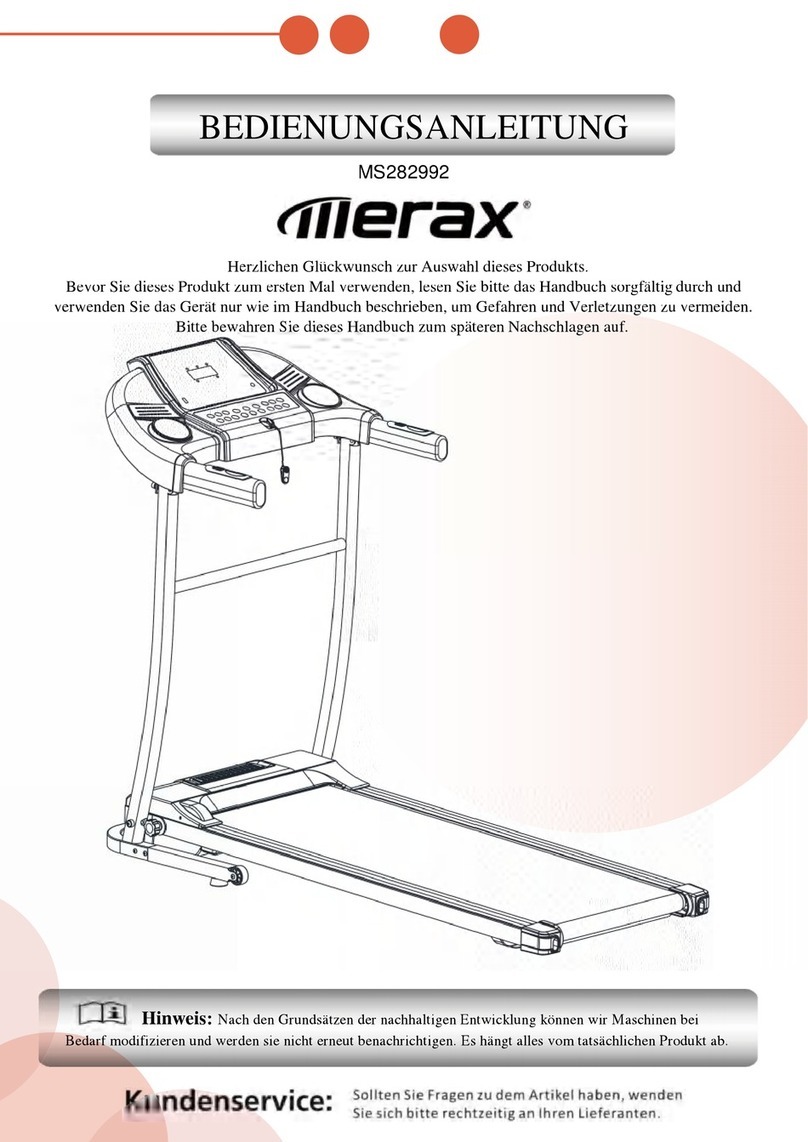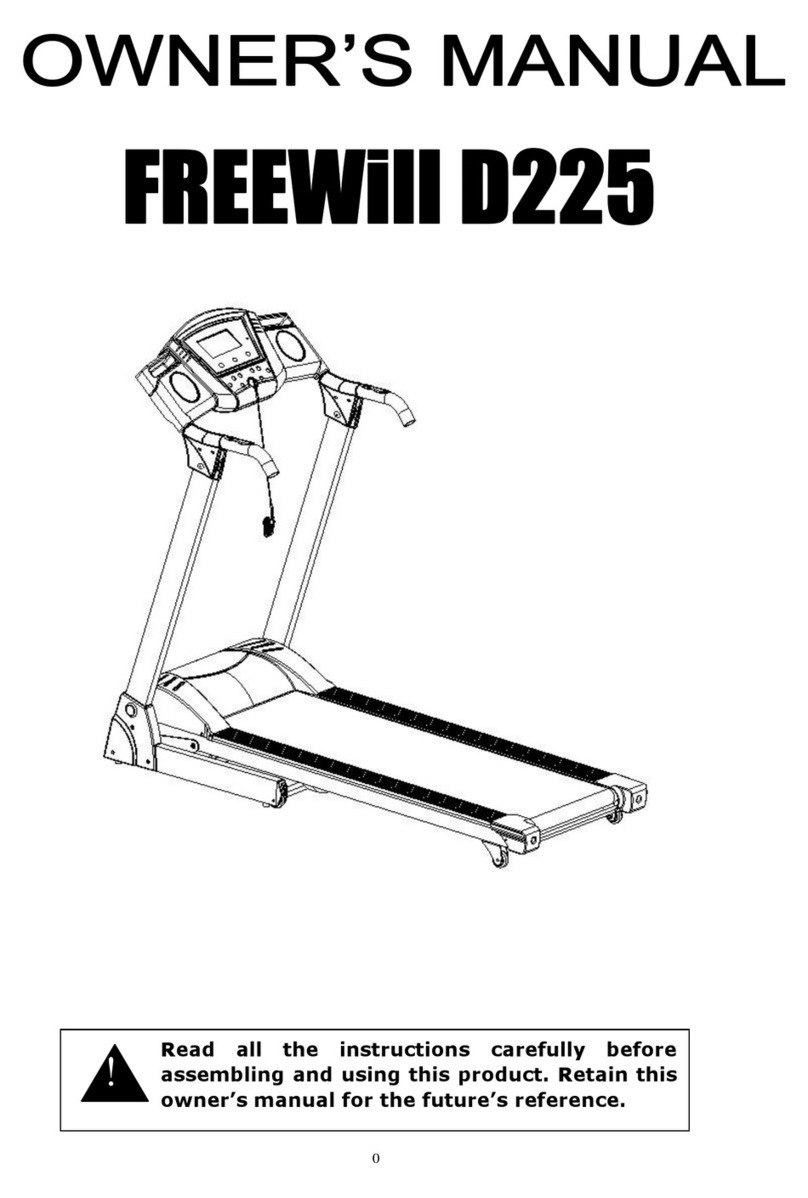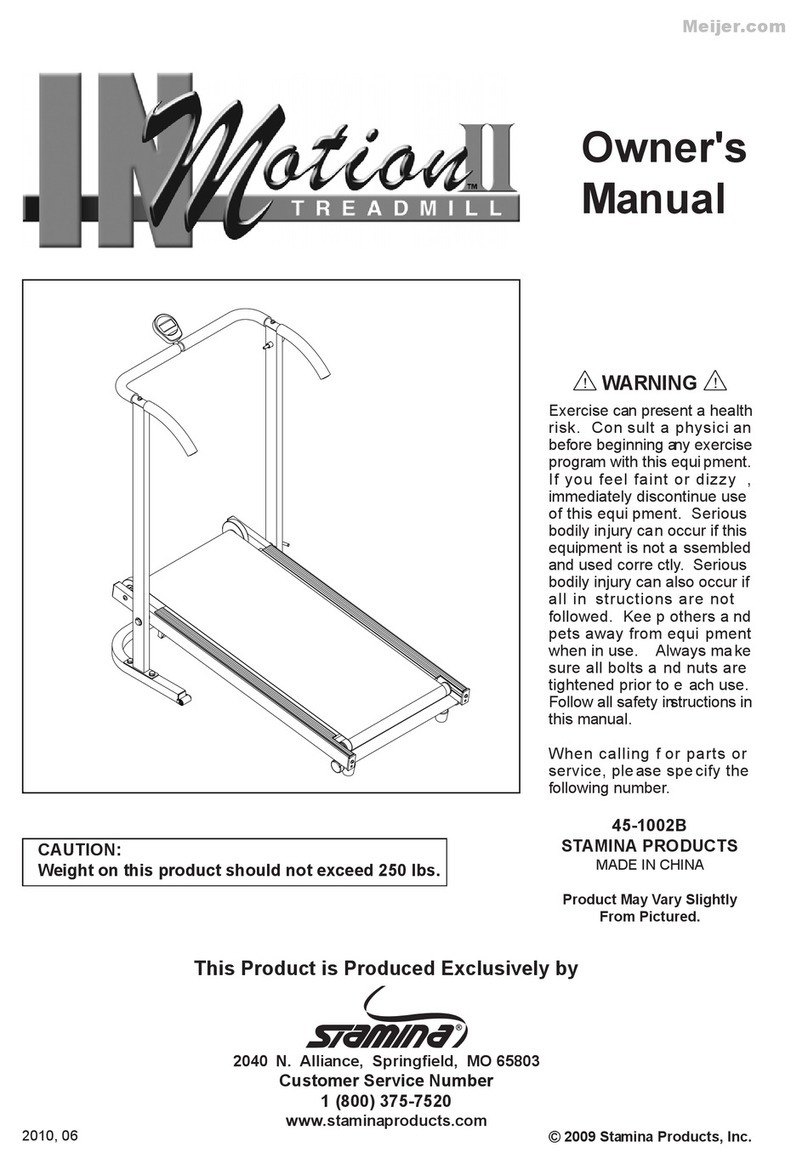
content
file: n:\article\cos14310m5-v1_06hpc-en\20120504_cos14310m5-v1.06hpc-en_manual_h-p-cosmos_running_machine.docx
© 2012 h/p/cosmos sports & medicalgmbh author: mz email@h-p-cosmos.com created 04.05.2012 printed 04.05.2012 page: 4 of 191
1Model overview...............................................................................................................................................................9
2Introduction ..................................................................................................................................................................11
2.1Description .....................................................................................................................................................................11
2.2Device components, including software and accessories..............................................................................................11
2.3Safety equipment ...........................................................................................................................................................12
3Intended use, contraindications, risks & forbidden use...........................................................................................14
3.1Intended use...................................................................................................................................................................14
3.2Contraindications............................................................................................................................................................15
3.3Risks ...........................................................................................................................................................................16
3.4Forbidden use ................................................................................................................................................................18
4Safety notes, warnings, precautions..........................................................................................................................19
4.1General...........................................................................................................................................................................19
4.2Preparation of the patient / user.....................................................................................................................................20
4.3Preparation of the running machine...............................................................................................................................20
4.4During treadmill exercise................................................................................................................................................21
4.5Machine care..................................................................................................................................................................23
5Operation ......................................................................................................................................................................24
5.1General...........................................................................................................................................................................24
5.2Switch on procedure.......................................................................................................................................................25
5.3Switch off procedure.......................................................................................................................................................26
5.4Emergency Stop, stop buttons and functions and safety features.................................................................................27
5.5UserTerminal..................................................................................................................................................................29
5.5.1The keyboard.....................................................................................................................................................30
5.5.2The display.........................................................................................................................................................30
5.6Application: Ergometry / Cardiology ECG treadmill stress test......................................................................................32
5.7Application: Gait analysis and rehabilitation with neurologic patients ............................................................................32
5.8Application: Gait analysis and rehabilitation with force measurement plates.................................................................32
5.9Modes of operation.........................................................................................................................................................34
5.9.1Acceleration levels.............................................................................................................................................34
5.9.2Manual mode.....................................................................................................................................................36
5.9.3Profile mode.......................................................................................................................................................37
5.9.4Cardio mode ......................................................................................................................................................42
5.9.5Test mode..........................................................................................................................................................46
5.9.5.1Standard ergometric tests........................................................................................................................47
5.9.5.2Additional profiles.....................................................................................................................................52
5.9.5.3Programming example: user-defined profile ............................................................................................60
5.10Optional settings: User Options......................................................................................................................................64
5.10.1Standard settings for the user options...............................................................................................................70
6Operating manual: running machines for sports andfitness c...........................................................................71
